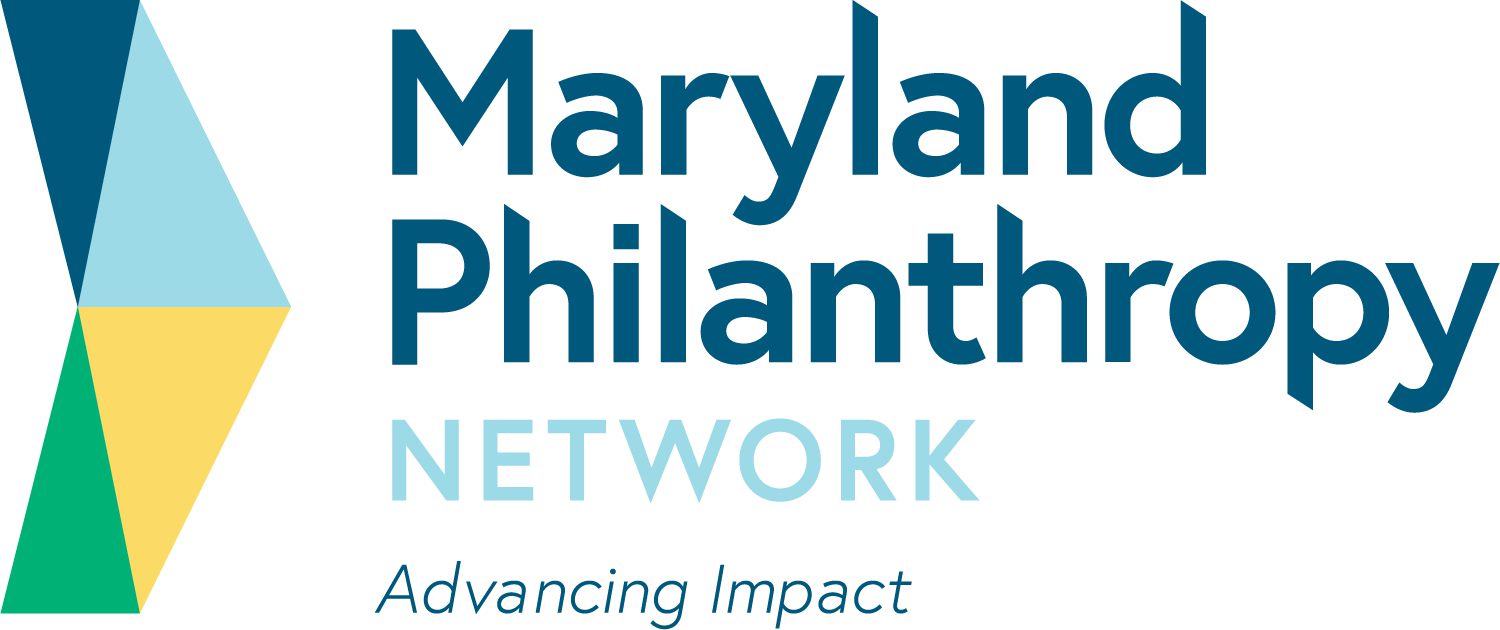How to Ensure Opportunity Zone Investments Strengthen Local Communities
For two years, investors and neighborhood leaders in cities around the country have responded to economic Opportunity Zones (OZs) with hope and hesitation. The policy, part of the 2017 Tax Cuts and Jobs Act, provides tax incentives for long-term investments in low-income census tracts. These incentives are meant to help disinvested neighborhoods, hungry for economic growth, attract new financial opportunities. Heeding this call, nearly 90 OZ funds have dedicated more than $2 billion for investments in OZs.
The interest has highlighted the policy’s pitfalls. While investors set the terms of local investments in business, real estate, and infrastructure projects, they are not required to respond to community needs. Place-based investments, like those incentivized by the OZ policy, are increasingly vulnerable to local resistance, especially when investors do not attempt to understand the local context of their investments. This dynamic recently played out in Amazon’s plans for a second headquarters. Failure to solicit meaningful local input early in their planning process led to community opposition that ultimately thwarted their plans to build in New York City.
For OZs to achieve their purpose of strengthening communities, they must be aligned with investors, local intermediaries, and neighborhood leaders. Yet outsiders often fail to appreciate that neighborhoods have long and complex histories that intertwine with business, housing, and labor markets. Furthermore, it can be difficult to understand how to align stakeholders, even with the intention to do so.
Throughout our own work researching and supporting grassroots organizations, we have identified three ways in which developers and investors should approach new projects in neighborhoods to ensure the community's welfare and the investment's success.
Click here to read the full article.
Source: The Stanford Social Innovation Review
FIND MORE BY:

